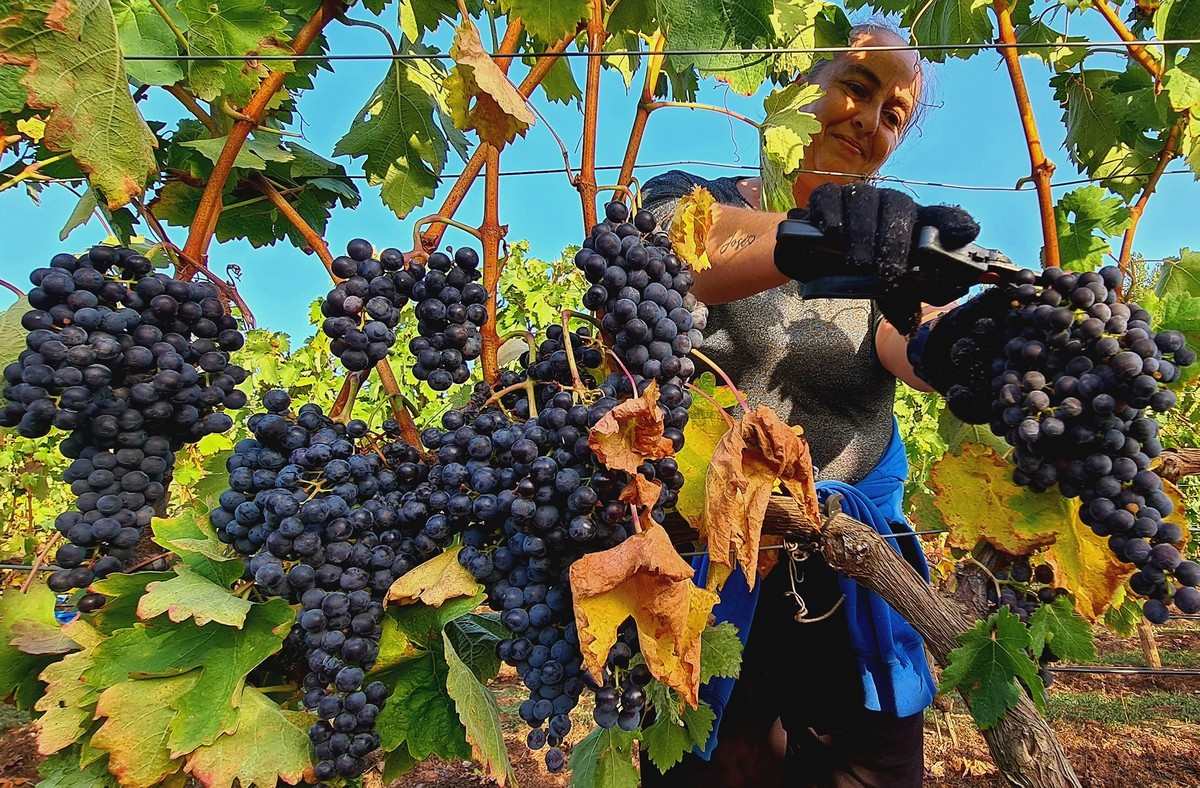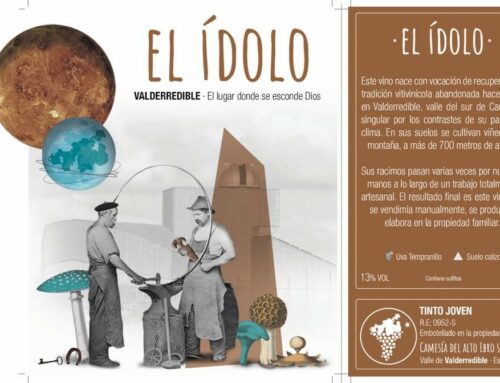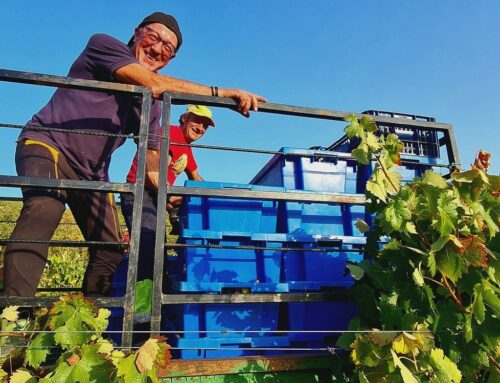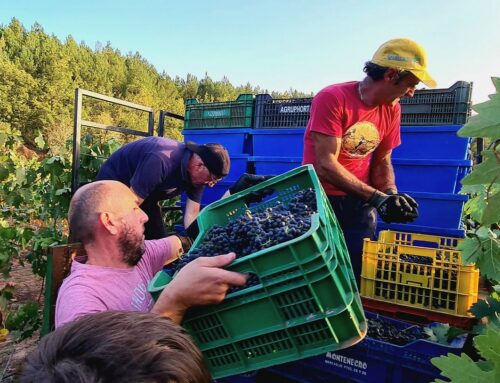If you are also passionate about the world of wine, don’t miss this article about THE PLANT AND ITS FRUIT, we assure you that for the next harvest or tasting there will be no Vitis vinifera that will resist!!!
The marvellous process of making Camesía wine begins with the vine, a plant that defies both low temperatures and intense heat, as well as challenging soils, but manages to produce a sweet fruit that concentrates unequalled aromas and flavours.
The structure of the vine is characterised by long roots, a strong trunk, branches with abundant leaves and rooted fruit.
The vine is a climbing plant of the genus Vitaceae, a very widespread family; however, not all vines produce grapes, nor are all grapes capable of producing wine. Today, almost all the wines we can taste come from a catalogue of some 5,000 varieties of Vitis vinifera sativa. This plant in turn descends, by genetic mutation, from Vitis vinifera silvestris, still present in the interior of the Iberian and Italic peninsulas. The difference is that silvestris has flowers of only one sex, while sativa produces hermaphrodite flowers, which makes pollination easier, and with it, the production of fruit.
Plant structure
LONG ROOTS, STRONG TRUNK WITH BRANCHES, LEAVES AND FRUIT CLUSTERS…
As in other plants, in the vine we can distinguish long roots, a strong trunk with branches from which leaves and cluster-shaped fruits grow.
The root, the underground organ of the plant, is formed by a thick, woody neck which grows underground and divides into smaller and smaller secondary roots until it becomes thin filaments. The latter absorbent hairs end up forming a thimble (or thimble cap) which serves both to protect the tissues and to continue digging into the soil. The function of this whole root system is twofold: on the one hand, it extends below ground and keeps the plant attached to the soil; on the other, it collects moisture from the subsoil, putting so much effort into it that it is capable of digging down to a depth of 15 metres.
STEM, BRANCHES, SUCKERS, NODES, SHOOTS, TENDRILS, LEAVES, FLOWER CLUSTERS, FRUIT.
The stem of the vine is short and strong. Different types of branches grow from it: the main branches can be very thick and are called branches by winegrowers: the secondary branches are called suckers. From the latter branches sprout other branches, the shoots, which have a curious structure as they are divided into portions or internodes which are separated from each other by bulges. These bulges are called nodes and from them sprout other shoots, tendrils, leaves and bunches of flowers which will later become fruit. The structure of the trunk and branches forms the skeleton of the plant, while at the same time raising the leaves and fruit from the ground so that they can receive the wind and sun.
In addition to the normal branches we can distinguish some curly ramifications: these are the tendrils, i.e. the gripping mechanism of the plant, typical of any climber. Its spiral growth allows it to cling to anything, be it the trellis prepared by the vine grower, another plant or another branch of the plant itself. If it cannot find a foothold, the twig will form a peculiar corkscrew.
Leaves are a fundamental part of the vine, because thanks to them the plant achieves two objectives: it regulates its temperature and humidity, and it ensures its nourishment thanks to its chlorophyll function. This function is a process whereby, with the help of the sun’s energy, the plant takes the carbon dioxide in the atmosphere and breaks it down into its two elements: the oxygen is expelled and the carbon, together with the mineral salts in the soil, is processed by the vine and converted into sugars with which to feed itself. Therefore, without sufficient foliage, the plant would be unable to produce its tasty fruit for us.
The flower buds in a group and has (in the Vitis vinifera genus) male (stamens) and female (pistil) organs. Once pollination has taken place, the stamens are lost and the bottle-shaped pistil begins to grow and develop into a grape.
THE EXPECTED FRUIT
BUNCHES (GRAPE BERRIES + STALK)
The bunches, in addition to the grape berries, have a woody structure that supports them and is called stalk or stem. This skeleton usually weighs an average of 5% of the whole bunch.
As for the fruit itself, there are three perfectly differentiated parts: the skin or outer skin, the pulp and the pips or seeds.
FRUTO = HOLLEJO (piel externa) + PULPA + PEPITAS
El hollejo es la membrana exterior que recubre el grano de uva y el lugar donde se acumulan elementos (taninos, antocianos, sales y ácidos) que aportarán gran parte del color, los aromes y sabores del caldo futuro. Además esta piel está, a su vez, recubierta por una sustancia de aspecto de cera que se llama pruina. En ella se van adhiriendo las levaduras que darán origen a la fermentación. El hollejo suele significar el 8% del peso del racimo.
Las pepitas pesan en torno al 4% del fruto, aunque varían de peso y tamaño, (e incluso pueden no estar presentes, como en las uvas de Corinto. Realmente, una vez que la vid fue domesticada, este elemento carece de importancia.) Su aportación al vino se reduce a una mínima parte de materia aceitosa. Es más, si las pepitas llegaran a triturarse, las sustancias aportadas resultarían nefastas.
La pulpa es una masa de color amarillento o verdoso, tanto en las variedades blancas como en las tintas, salvo alguna excepción de pulpa rosada. Es la parte jugosa del fruto que está formada por una serie de celdillas de paredes delgadas en cuyo interior se encuentra el mosto.










